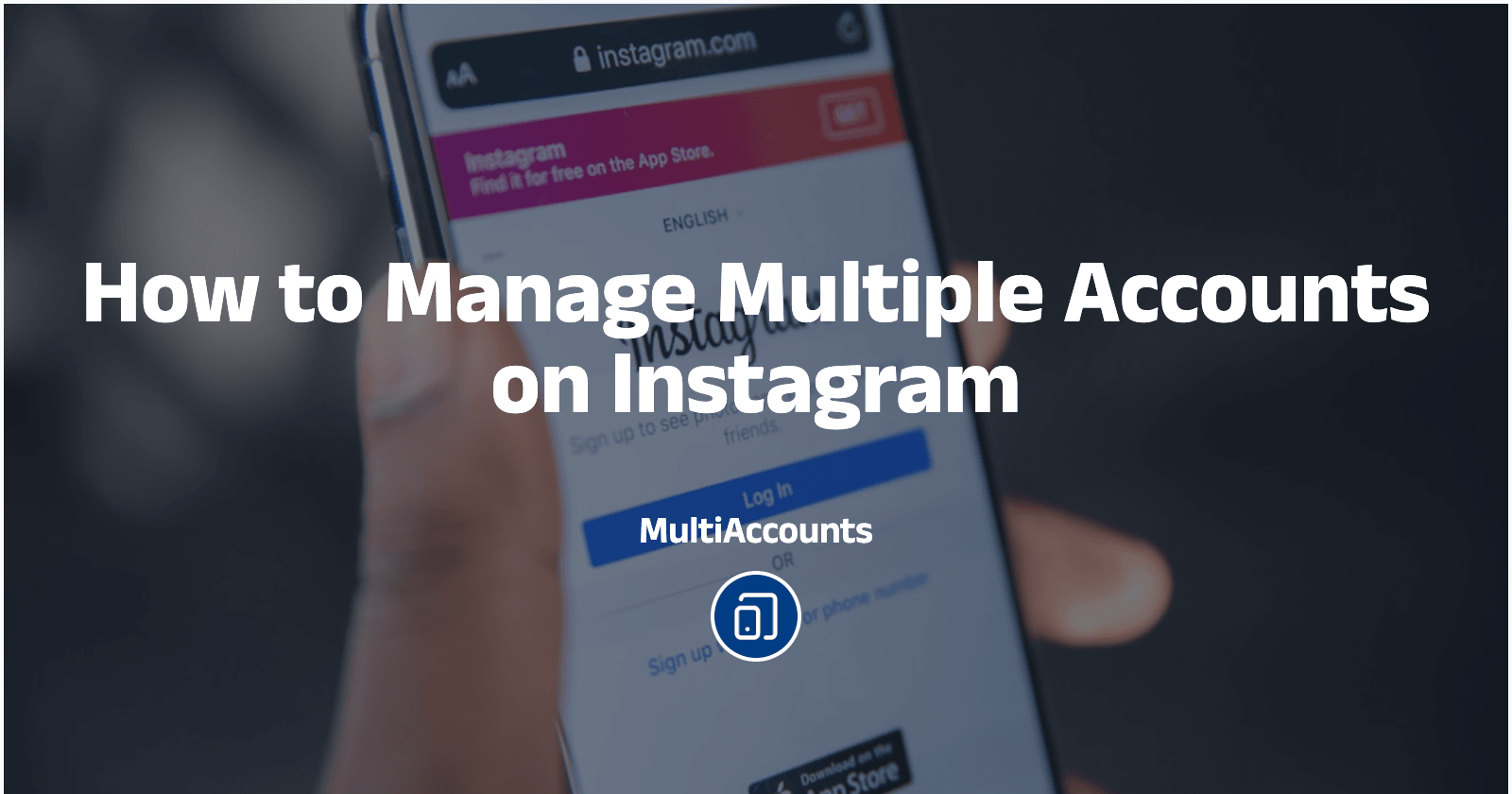How to Manage Multiple Accounts on Instagram
Instagram is one of the most powerful platforms for building a personal brand, promoting products, and engaging with communities. But if you’re a creator, marketer, or agency, one account usually isn’t enough. Whether you manage client pages, run niche brands, or test different strategies, knowing how to manage multiple Instagram accounts effectively is crucial. Here’s your full guide to doing it right — without getting overwhelmed or flagged by Instagram’s algorithms.
Why Manage Multiple Instagram Accounts?
There are plenty of reasons people run multiple Instagram accounts:
Targeting different audiences or niches
Separating business and personal brands
Running region-specific or language-specific content
Managing influencer or client profiles
A/B testing content, offers, or engagement strategies
But managing multiple accounts comes with risks like IP tracking, account bans, and burnout — unless you have the right system.
1. Use Instagram’s Native Multi-Account Support (But Carefully)
Instagram allows you to add up to 5 accounts per device in the app. This is helpful, but it has limitations:
Pros:
Easy to switch between accounts
Centralized notifications
No extra tools needed
Cons:
All accounts share the same device IP and fingerprint
Risk of being flagged if accounts seem too similar
Limited control for agencies or teams
For light use (e.g. personal + brand account), this works. But if you’re managing more than 3–5 accounts, it’s time to upgrade your setup.
2. Protect Each Account with Unique IPs & Devices
Instagram tracks device IDs, cookies, and IP addresses. If you log into multiple accounts from the same phone or browser, it may trigger red flags.
Solution: Use tools like MultiAccounts (formerly SocialProxy)This platform gives you:
Isolated browser profiles
Mobile or residential proxies per account
Device fingerprint protection
Safe automation environment (if needed)
Other tools like GoLogin, Incogniton, and Multilogin offer similar features.
3. Keep Each Account Unique
To avoid bans or shadowbans, every account should appear distinct:
Unique bios, profile pics, usernames, and descriptions
Different themes and content types
No duplicate posts across accounts
Separate login credentials and emails
Even if you run similar brands, make sure their content feels individual.
4. Organize and Automate Content Planning
Juggling content for 3+ accounts? Stay ahead with a system:Tools to use:
Later, Buffer, Metricool, or Planoly – Schedule posts for multiple IG accounts
Notion or Trello – Plan campaigns, captions, and reels
Canva – Design assets with brand folders per account
Batch content creation and schedule posts to reduce daily effort and maintain consistency.
5. Monitor Analytics Separately
Track each account’s growth to understand what’s working:
Use Instagram Insights (available to business/creator accounts)Track:Follower growthEngagement rateReel performanceStory reach
Follower growth
Engagement rate
Reel performance
Story reach
For deeper insights, use Iconosquare, Analisa.io, or Sprout Social.Export reports monthly and compare accounts to see which strategies are working.
6. Streamline Team Collaboration
If you work in a team or agency, don’t share one login with everyone. Instead:
Use Meta Business Suite to assign roles (for Business/Creator accounts)
Share access securely using tools like 1Password or LastPass
Document posting guidelines, tone, and visual rules
This ensures a smooth handoff and keeps brand voice consistent.
7. Stay Within Instagram’s Rules
To protect your accounts:
Don’t over-automate (avoid spammy bots)
Warm up new accounts slowly — build up activity gradually
Avoid buying followers or using fake engagement
Don’t use the same hashtags repeatedly across accounts
Always comply with Instagram’s Community Guidelines
Final Thoughts
Managing multiple Instagram accounts is a skill — and a serious opportunity. Whether you’re building a personal empire, running a multi-brand strategy, or managing clients, the key is structure, safety, and smart scheduling.
With tools like MultiAccounts, content planning apps, and analytics dashboards, you can scale without losing control — or getting banned.
